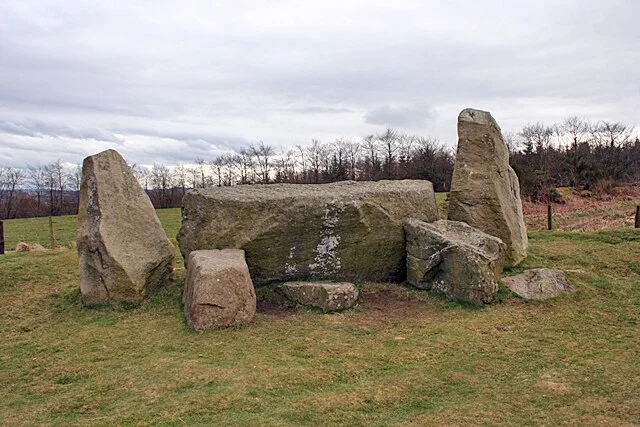East Aquhorthies Stone Circle is a well-preserved prehistoric monument located near Inverurie in Aberdeenshire, Scotland. This stone circle is part of the Recumbent Stone Circle tradition found primarily in northeastern Scotland, with its origins dating back to the late Neolithic period, around 3000 to 2500 BC.
Get your dose of History via Email
Structure of the Stone Circle
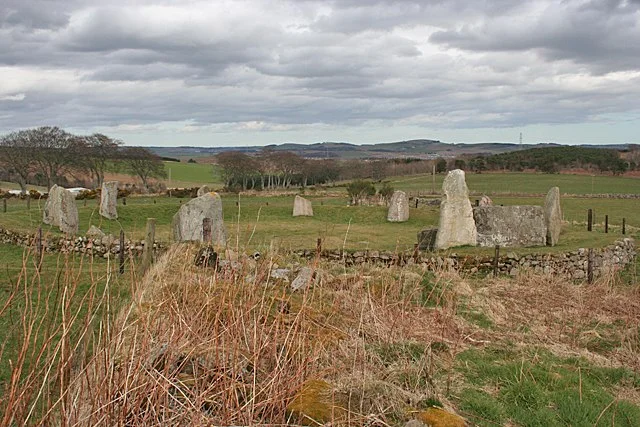
The stone circle at East Aquhorthies consists of 11 standing stones, with a large horizontal stone known as the “recumbent” lying between two tall upright stones. The recumbent stone and its flankers, which stand around 2 meters tall, face the southwest. This orientation suggests that the circle may have been used for observing lunar cycles, especially the southernmost moonset. The interior of the circle is slightly flattened, and the stones are graded in height, with the largest stones concentrated near the recumbent. This careful arrangement reflects a deliberate design with potential ritual significance.
Archaeological Significance
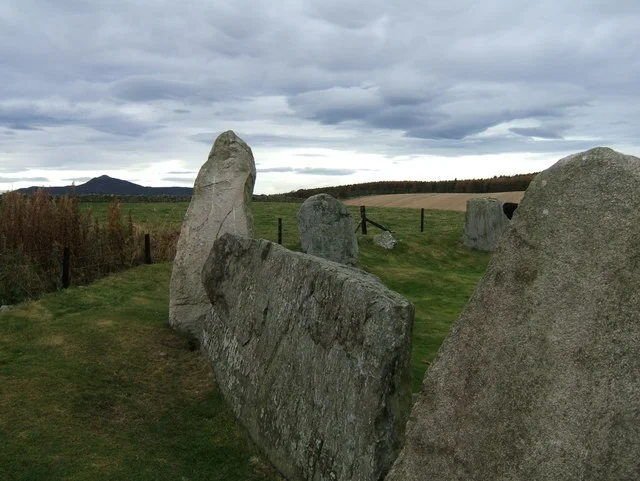
East Aquhorthies is one of the best-preserved recumbent stone circles in Scotland. Unlike other sites, many of its original stones remain intact, providing valuable insights into Neolithic construction techniques. The choice of stones varies; the circle includes red granite, grey granite, and whinstone, a type of dark volcanic rock. This diversity in materials might have had symbolic or practical significance.
Archaeologists believe that stone circles like East Aquhorthies were likely used for ritualistic or ceremonial purposes. The recumbent stone’s alignment with the lunar cycle supports the idea that these structures were part of prehistoric cosmology. The effort required to source, transport, and position these large stones suggests that they held great importance to the communities that built them.
Cultural Context
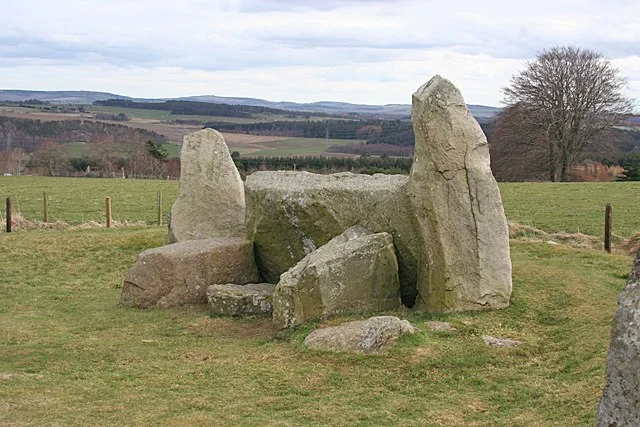
The tradition of building recumbent stone circles is unique to this region of Scotland. Over 70 such circles have been identified in Aberdeenshire and surrounding areas. Their distribution suggests that this area was a focal point for Neolithic communities. The circles may have served as meeting places, ritual centers, or even burial sites, although little direct evidence of burial activities has been found at East Aquhorthies.
Conservation and Preservation
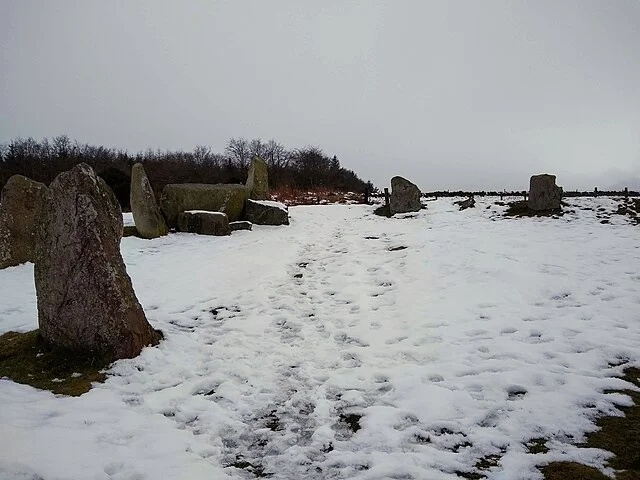
East Aquhorthies Stone Circle is now a scheduled monument, protected by law to ensure its preservation. The site has undergone minimal restoration, with the goal of maintaining its original features. Visitors can access the site, and it remains an important cultural landmark, helping to connect modern society with Scotland’s prehistoric past.
Conclusion
East Aquhorthies Stone Circle provides a remarkable glimpse into the Neolithic world. Its precise construction, alignment with lunar events, and enduring presence speak to the importance of stone circles in ancient Scottish society. As one of the best-preserved examples, it continues to be a valuable resource for archaeologists studying prehistoric rituals, cosmology, and community life.
Source:

